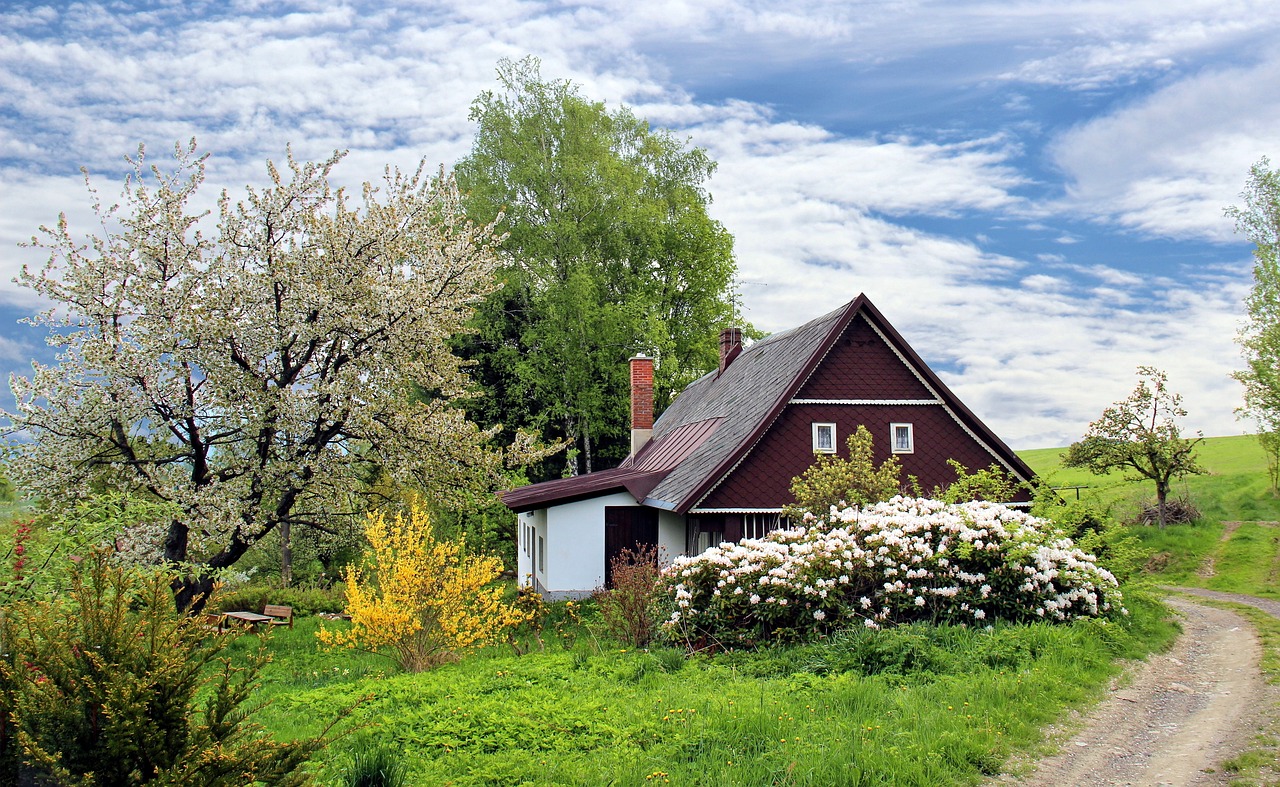As global temperatures rise and the planet faces increasing environmental challenges, more and more homeowners are looking for ways to make their homes more eco-friendly. From reducing energy consumption to using sustainable materials, there are many simple steps that you can take to make your home a more sustainable place to live. In this article, we’ll explore some of the key ways to make your house more eco-friendly, and offer practical tips for making the changes you need.
Table of Contents
ToggleReduce Energy Consumption
One of the most effective ways to make your home more eco-friendly is to reduce the amount of energy that you use. There are several simple steps that you can take to do this, such as:
- Installing energy-efficient light bulbs and appliances
- Using power strips to reduce standby energy consumption
- Turning off lights and electronics when not in use
- Replacing old windows with energy-efficient versions
- Insulating your home to reduce heat loss
By taking these steps, you can significantly reduce your energy consumption and help to reduce your carbon footprint.
Use Sustainable Materials
Another important step in making your home more eco-friendly is to use sustainable materials wherever possible. For example, you can choose to use:
- Bamboo flooring, which is more sustainable than traditional hardwoods
- Recycled glass and plastic tiles in the kitchen and bathroom
- Natural stone countertops made from locally sourced materials
- Low-VOC (volatile organic compounds) paints and stains to reduce indoor air pollution
- Reclaimed wood for furniture and cabinetry
By choosing sustainable materials, you can not only reduce your environmental impact, but also enjoy a beautiful and unique home that reflects your values and style.
Incorporate Renewable Energy Sources
Another way to make your home more eco-friendly is to incorporate renewable energy sources, such as solar panels or wind turbines. While these options may require a significant investment upfront, they can provide long-term savings on your energy bills and help to reduce your carbon footprint.
If you’re interested in incorporating renewable energy into your home, it’s important to consult with a professional who can help you assess your energy needs and determine the best options for your home and budget.
Garden for Wildlife and the Environment
In addition to making changes inside your home, you can also help to create a more sustainable and eco-friendly environment outside by gardening for wildlife and the environment. This can include:
- Planting native species of plants and flowers
- Creating habitats for pollinators, such as bees and butterflies
- Installing birdhouses and feeders to support local bird populations
- Composting kitchen scraps and yard waste to reduce waste and provide nutrients for your plants
By gardening for wildlife and the environment, you can help to support biodiversity and create a healthier, more sustainable ecosystem.

Water Conservation in the Home
Water conservation is an important aspect of making your home more eco-friendly. With water scarcity becoming an increasingly pressing issue in many parts of the world, reducing your water usage is a simple and effective way to help protect this valuable resource. Some ways to conserve water in the home include:
- Installing low-flow showerheads, faucets, and toilets
- Fixing leaks promptly to prevent water waste
- Collecting rainwater in barrels or tanks for use in the garden
- Only running the dishwasher and washing machine with full loads
- Using drought-resistant plants in your garden to reduce the need for watering
By taking these steps, you can help to conserve water and reduce your impact on the environment.
Eco-Friendly Home Cleaning Products
Cleaning products can also have a significant impact on the environment, as many contain harmful chemicals that can leach into the water supply and harm wildlife. To reduce this impact, consider switching to eco-friendly cleaning products, such as:
- Vinegar and baking soda, which can be used as natural cleaning agents
- Essential oils, such as lemon and lavender, which can be used to make your own cleaning solutions
- Non-toxic, biodegradable cleaners that are safe for the environment
By using eco-friendly cleaning products, you can help to reduce your impact on the environment and create a safer and healthier home.
Reduce Waste with Recycling and Composting
Reducing waste is another important aspect of making your home more eco-friendly. By recycling and composting, you can help to conserve resources and reduce the amount of waste that goes into landfills. Some tips for reducing waste include:
- Recycling paper, glass, plastic, and metal
- Composting food scraps and yard waste
- Reusing items, such as containers, bags, and towels
- Donating or selling items that you no longer need, rather than throwing them away
By reducing waste and being mindful of your consumption habits, you can help to create a more sustainable home and planet.
Invest in Energy-Efficient Technologies
Investing in energy-efficient technologies is another way to make your home more eco-friendly. From smart thermostats that can help you better control your energy usage to energy-efficient appliances and lighting, there are many options available to help you reduce your impact on the environment.
By investing in these technologies, you can enjoy a more sustainable home that is also more comfortable and convenient. Additionally, many energy-efficient technologies are eligible for tax credits and rebates.
Conclusion
Making your home more eco-friendly is a worthwhile and fulfilling project that can help you to reduce your environmental impact, save money on your energy bills, and enjoy a more sustainable and beautiful home. Whether you choose to reduce energy consumption, use sustainable materials, incorporate renewable energy sources, or garden for wildlife and the environment, there are many simple steps that you can take to make a difference. So why wait? Start making your home more eco-friendly today!








1 thought on “The Sustainable Home: How to Make Your House More Eco-Friendly”
Pingback: Sustainable Household Scheme: A Comprehensive Guide